Lady Windermere Syndrome Radiology
Lady windermere syndrome radiology. 32 year old lady. Non-tuberculous mycobacterial infection NMI occurs in elderly women with no pre-existing lung disease and this has been termed the Lady Windermere syndrome. In elderly female patients with the presence of chronic cough together with atelectasis and bronchiectasis in the middle lobe or lingula as seen in this case the diagnosis of chronic infection by atypical mycobacteria M.
Recent years have seen an increase in developed countries in the incidence of infections caused by environmental mycobacteria particularly Mycobacterium avium complex MAC infection in immunocompetent patients. Ladies are assumed to be fastidious and as spitting is socially unacceptable they voluntarily suppress their cough and infected secretions. These features were termed in the literature as the so-called Lady Windermere syndrome regarding the hypothesis that these patients may voluntarily suppress their cough reduce clearance of secretions from the middle lobe and lingular segments which have long and narrow bronchi with relatively acute angulations from the parent bronchi thus predisposing NTM infection 3 6 9.
Because sputum cultures are not sensitive for diagnosis in this form of the disease more invasive studies such as bronchoalveolar lavage and biopsy. Lady Windermere syndrome refers to a pattern of pulmonary Mycobacterium avium complex MAC infection seen typically in elderly white women who chronically suppress the normal cough reflex. Diagnosis can be achieved through blood cultures or cultures of other bodily fluids such as sputum.
The primary radiological signs of this entity are fibrocavitary disease or nodules and bronchiectasis predominantly in the middle lobe and lingula. Cavitation was especially interesting because that traditionally had not been part of the Lady Windermere syndrome. Radiology Board Review 2015 Sanaz Behnia MD Acting assistant professor.
These were otherwise healthy women who developed a chronic. A lady as described in literature is a woman of good social standing and has a polite and refined disposition. The important influence of gender in non-tuberculous mycobacterial infections also referred to as MAC is reflected in the name that has been given to this disorder.
Renal disease nephrotic syndrome dialysis-related. HttpsbitlyradiogyanYTCT imaging appearance of Pulmonary Mycobacterium Avian Complex MAC infection. The radiographic findings are bronchiectasis and small nodules predominately located within the middle lobe and lingula.
Subscribe for more radiology content like this. Avium complex should be suspected being this finding classically known as Lady Windermere syndrome.
In addition they were more likely to have bronchiectasis scoliosis and pleural disease and lung cavitation on radiography than the control subjects.
1 This manifestation known as Lady Windermere syndrome. 5 of pts with AIDS have ascites detected by ultrasound. The primary radiological signs of this entity are fibrocavitary disease or nodules and bronchiectasis predominantly in the middle lobe and lingula. Lady Windermere syndrome refers to a pattern of pulmonary Mycobacterium avium complex MAC infection seen typically in elderly white women who chronically suppress the normal cough reflex. HttpsbitlyradiogyanYTCT imaging appearance of Pulmonary Mycobacterium Avian Complex MAC infection. The Lady Windermere Syndrome which was first described in 1992 comprises a spectrum of reticulonodular opacities tree-in-bud nodularity and cavitary lesions superimposed on cylindrical bronchiectasis of the right middle lobe and lingular segments due to pulmonary mycobacterium aviumintracellulare infection 1 2. In elderly female patients with the presence of chronic cough together with atelectasis and bronchiectasis in the middle lobe or lingula as seen in this case the diagnosis of chronic infection by atypical mycobacteria M. NMIs are increasing in prevalence and an increasing number of pulmonary mycobacterial infections is due to non-tuberculous mycobacteria. A clinical syndrome of clubbing of the fingers and toes enlargement of the extremities and painful swollen joints.
Some of these patients may voluntarily suppress their cough leading to poor drainage of secretions and engraftment of nontuberculous mycobacteria the so-called Lady Windermere syndrome 36 43. Radiology Board Review 2015 Sanaz Behnia MD Acting assistant professor. The primary radiological signs of this entity are fibrocavitary disease or nodules and bronchiectasis predominantly in the middle lobe and lingula. In addition they were more likely to have bronchiectasis scoliosis and pleural disease and lung cavitation on radiography than the control subjects. Renal disease nephrotic syndrome dialysis-related. Because sputum cultures are not sensitive for diagnosis in this form of the disease more invasive studies such as bronchoalveolar lavage and biopsy. Non-tuberculous mycobacterial infection NMI occurs in elderly women with no pre-existing lung disease and this has been termed the Lady Windermere syndrome.
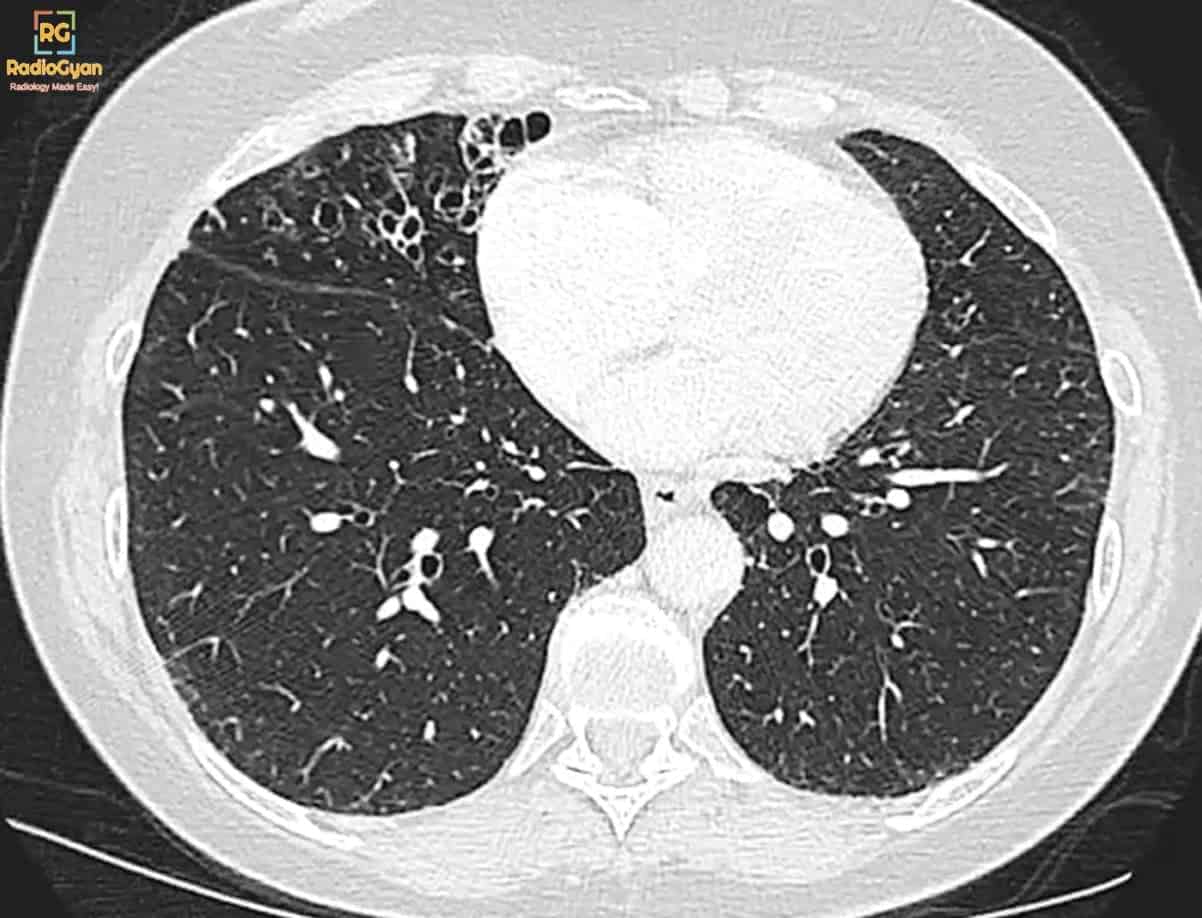
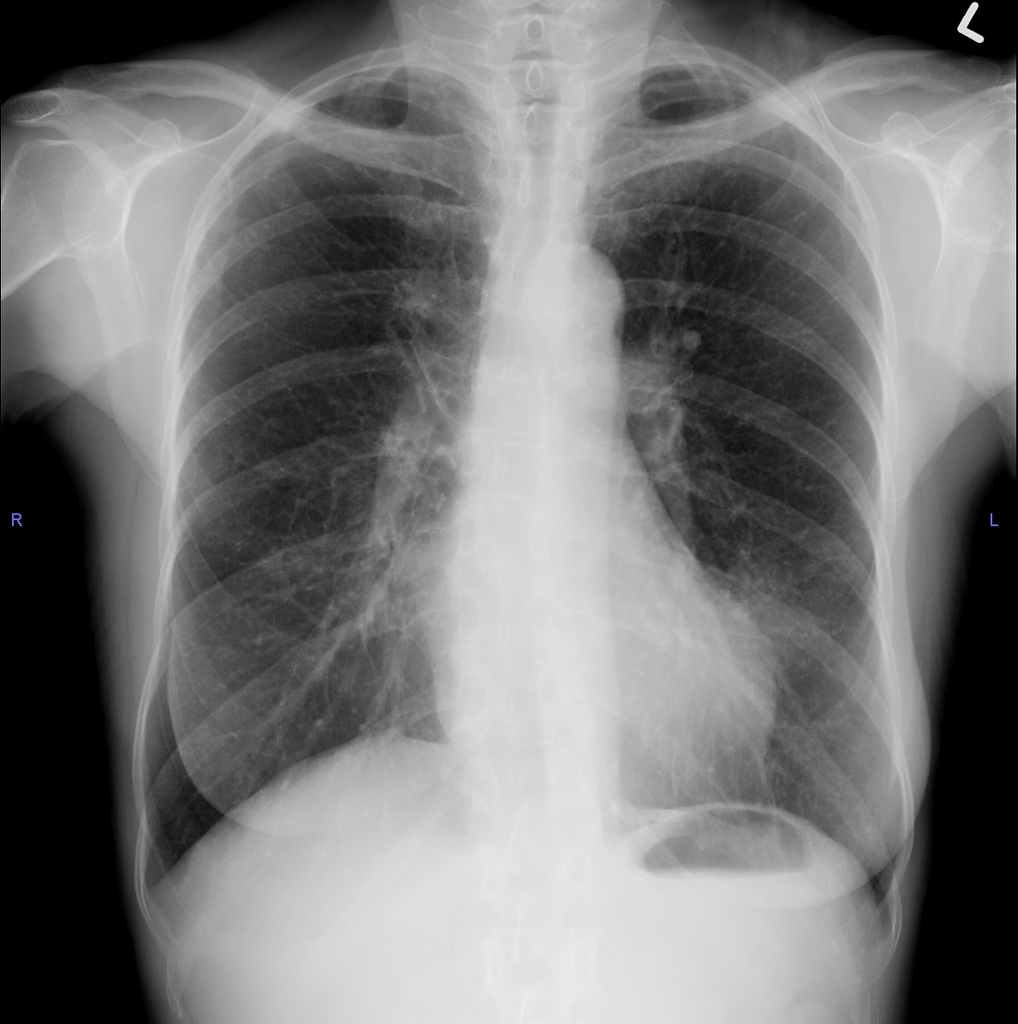
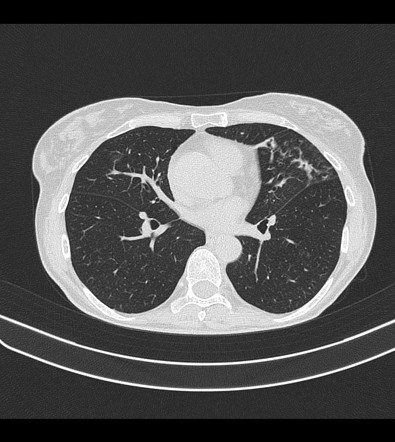
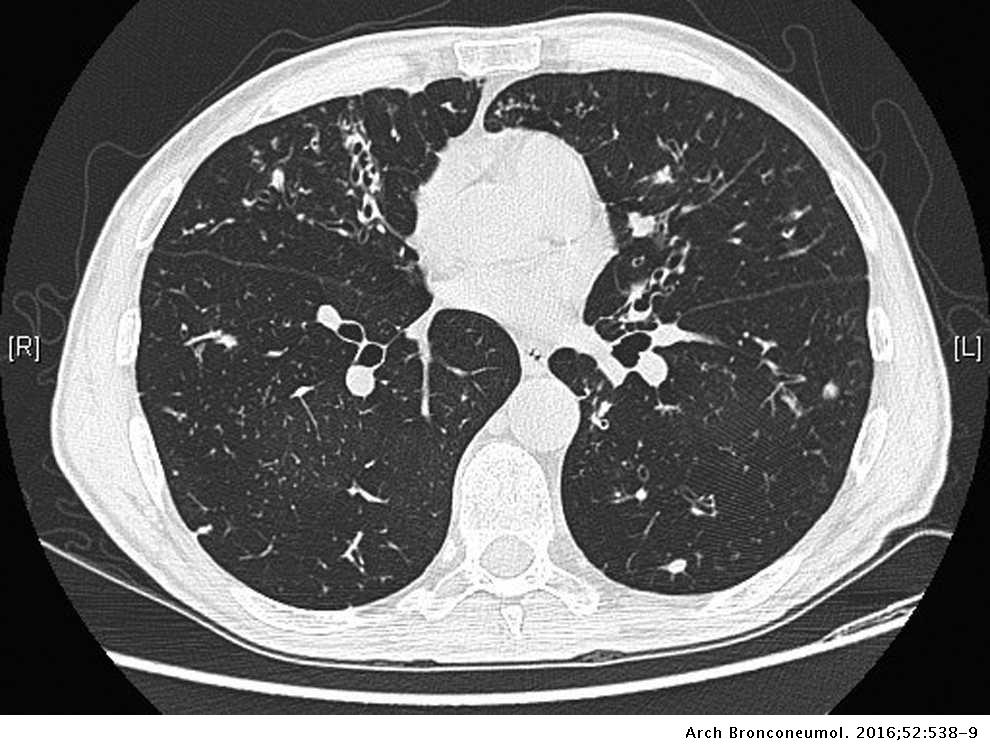




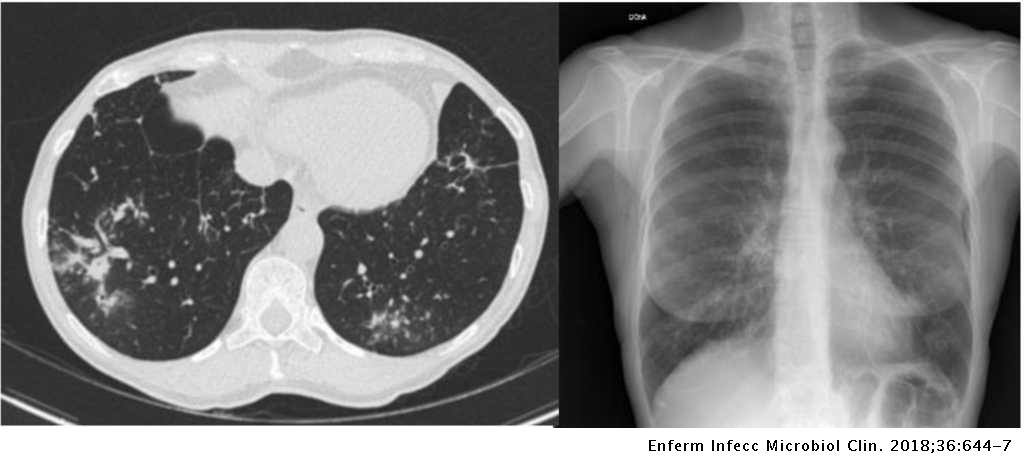


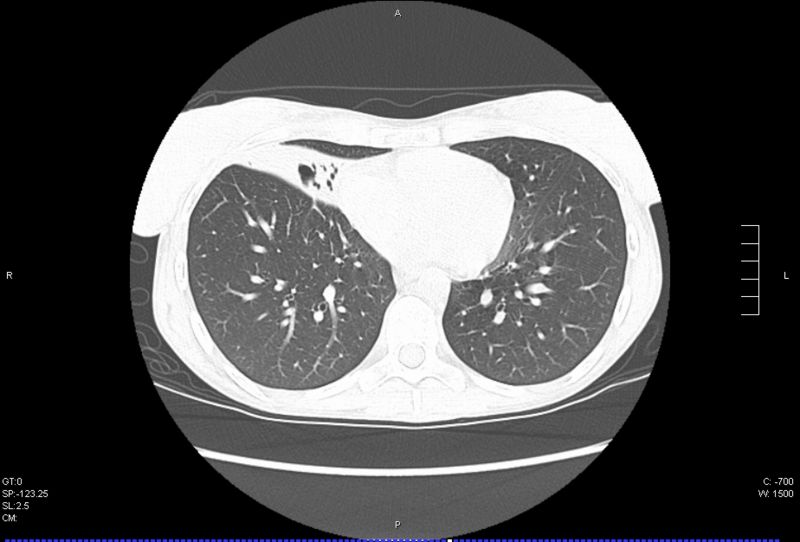


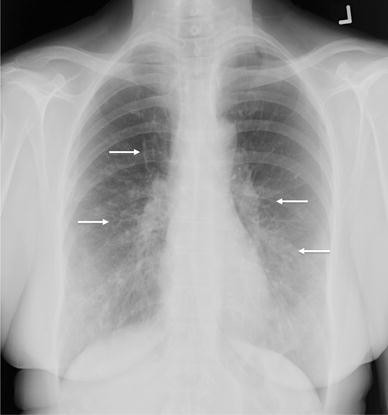

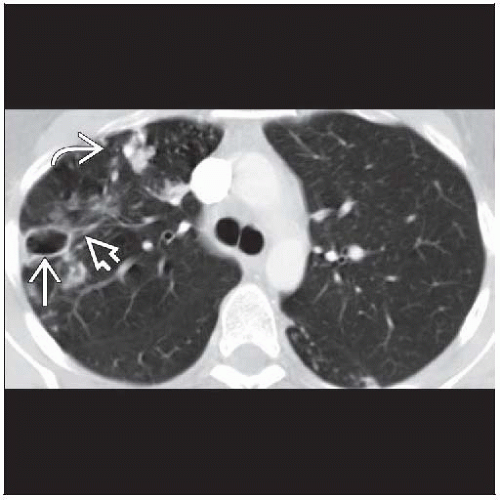





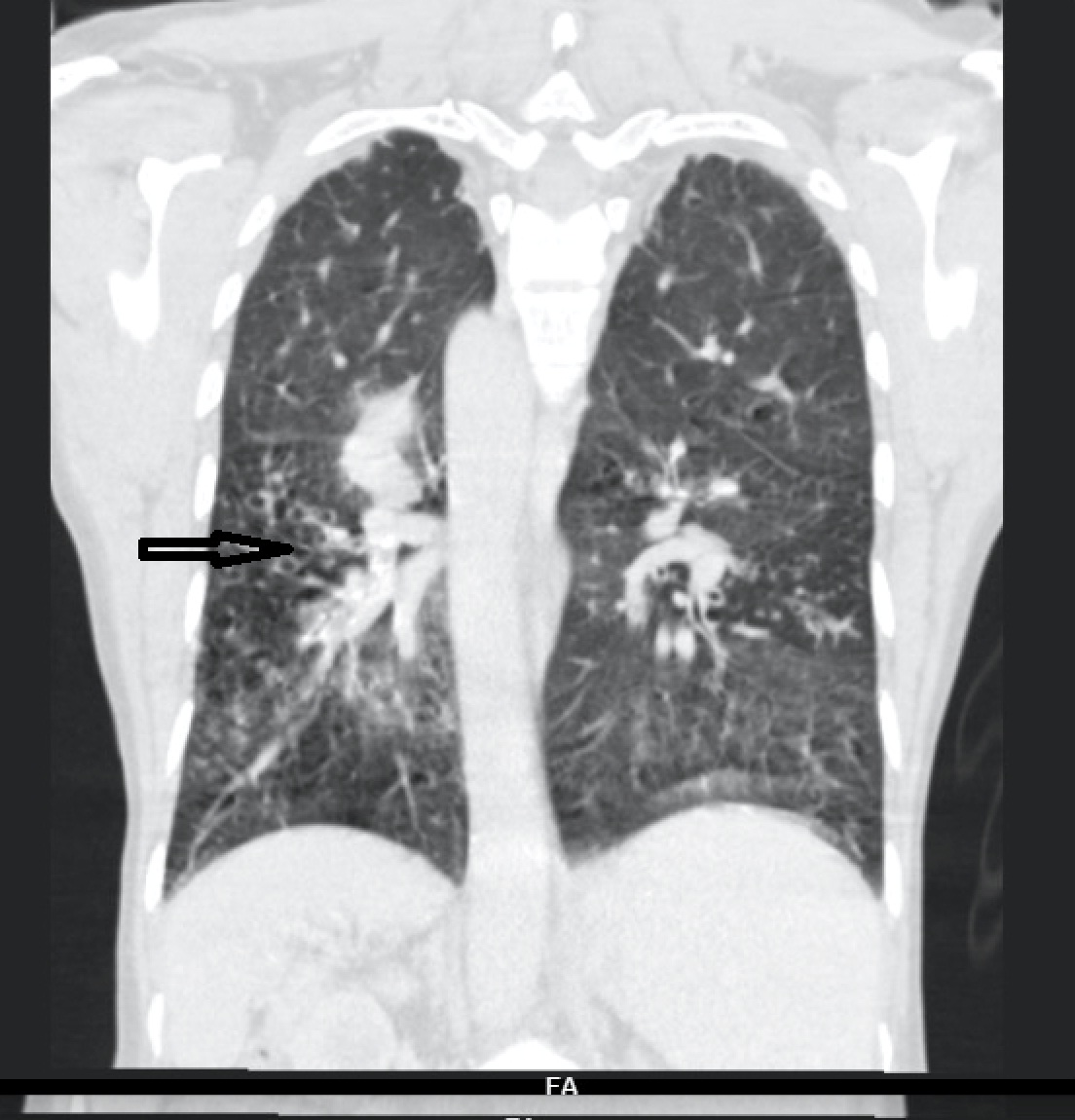
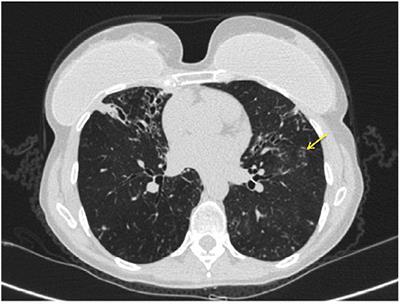



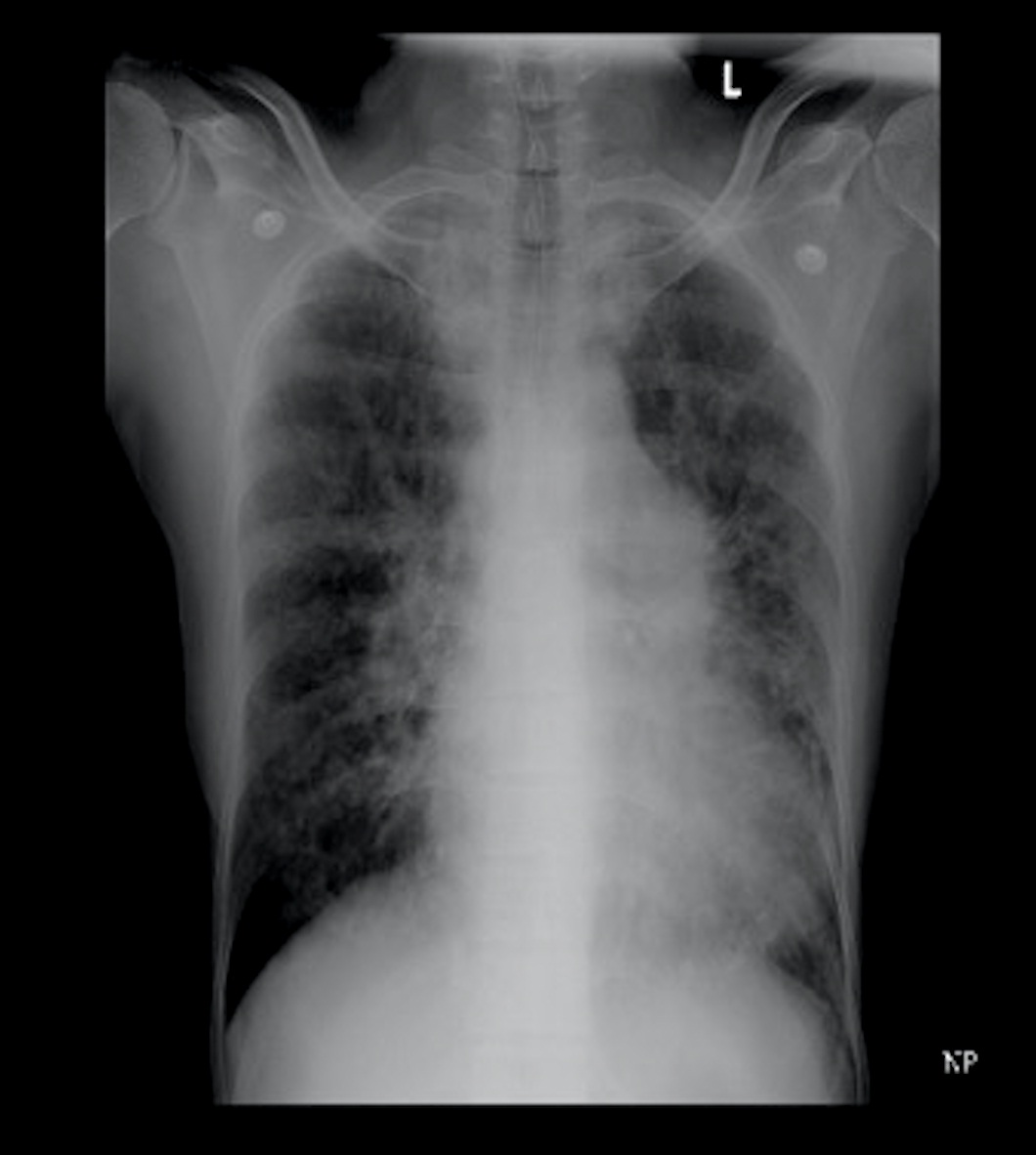


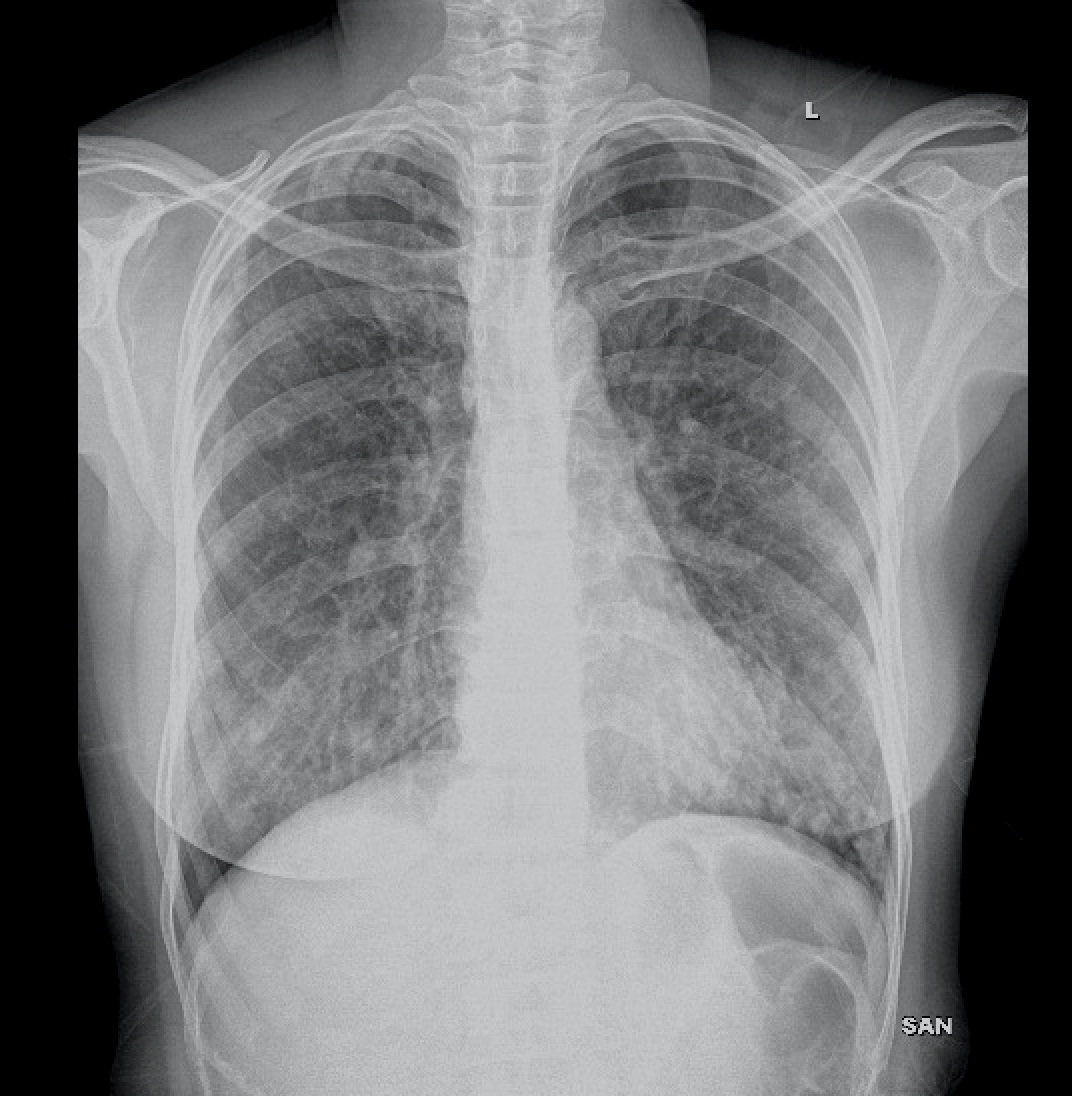


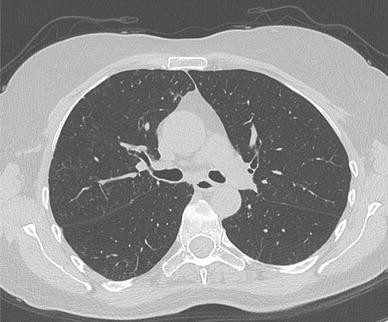
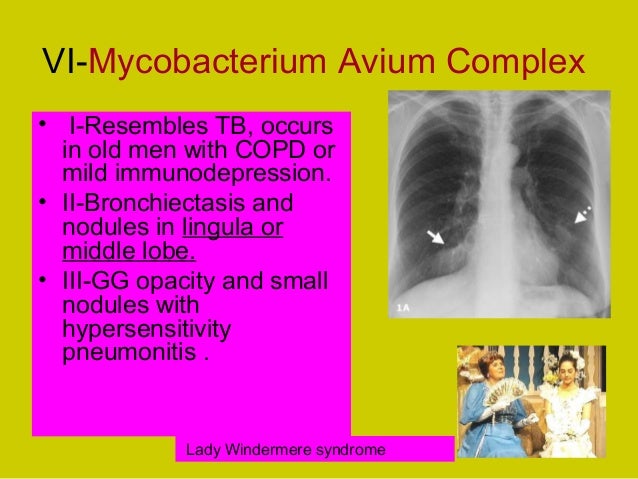

Post a Comment for "Lady Windermere Syndrome Radiology"